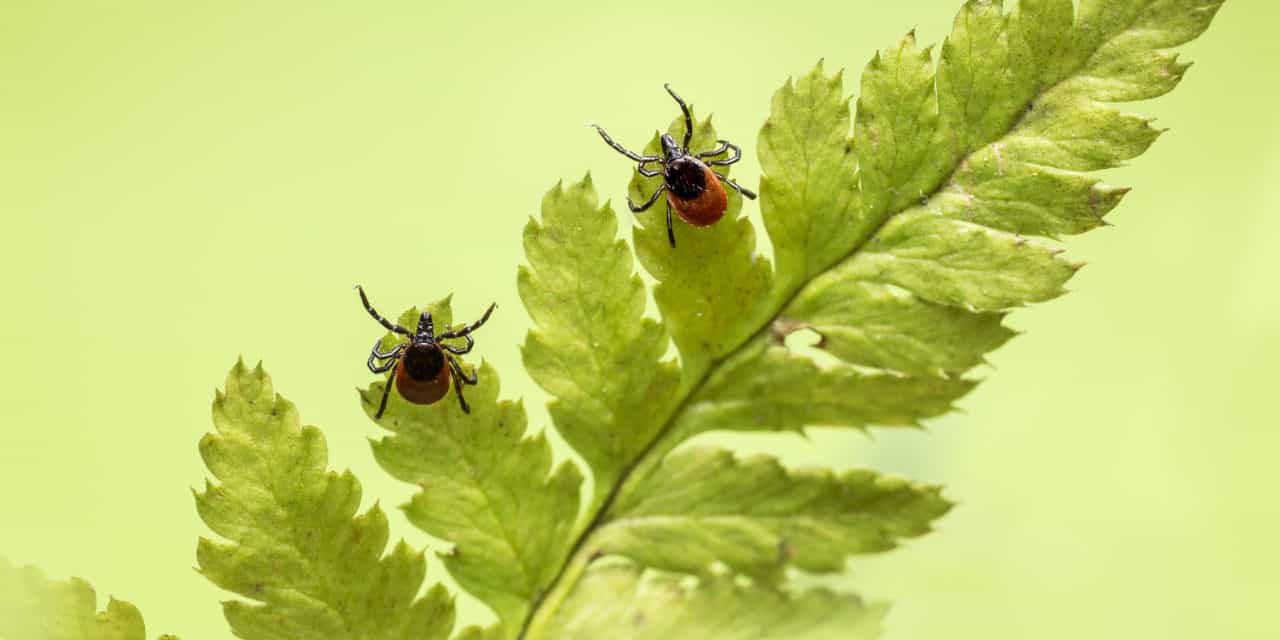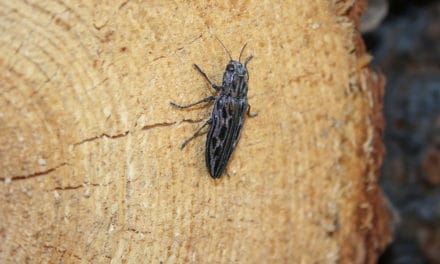Tank on Ticks
I love living in the mountains in the summer. My family spends a lot of time hiking, camping and swimming in Lake Almanor. I always get to go. Exploring the great outdoors is the best but these bugs called ticks live out there too.
Ticks like to live on dogs and they can make us sick. Even the best repellents and flea and tick collars may not prevent these eight legged parasites from latching on to us when we are romping through the brush.
We just want to have fun so it is up to our people to make sure we don’t have any of these pesky pests setting up their own camp in our coat. I need a good petting from my people every day and that is the best way to find them. Just run your fingers slowly over your dog’s entire body. We like that with some scratching mixed in. Don’t forget the armpits and between the toes please. If you feel a bump or swollen area, check to see if a tick has burrowed there. It can take a day or two for ticks to transmit diseases so it is important to take it off immediately. I don’t want any bugs hanging out on me anyway, gross. Ticks can be black, brown or tan and once they get their head buried under the skin they start to swell up like a plump tiny grape. If you find one on your dog, don’t panic, my mom knows what to do.
The Humane Society knows all about these things and told her to follow these easy steps to get rid of the bugs.
Step 1: Get your gear
• Pair of gloves
• Clean pair of tweezers or a commercial tick remover
• Antiseptic
• Isopropyl alcohol
Step 2: Remove the tick
Wear gloves while removing the tick to avoid contact with your skin (ticks can transmit diseases to people, too).
If you’re using tweezers:
• Grasp the tick as close to your dog’s skin as possible, but be gentle! Try not to pinch your dog’s skin.
• Pull outward in a straight, steady motion, making sure that you’ve removed the entire tick, since anything left behind could lead to an infection.
If you’re using a tick remover:
• Gently press the remover against your dog’s skin near the tick.
• Slide the notch of the remover under the tick.
• Continue sliding the remover until the tick is caught in the small end of the notch and is pulled free. (The tick will remain in the bowl of the remover.)
Step 3: Store the evidence
Drop the tick into a small container that contains isopropyl alcohol (the alcohol will quickly kill the tick), and mark the date on the container. If your dog begins displaying symptoms of a tick-borne illness, your veterinarian may want to identify or test the tick.
Step 4: Praise your patient
Clean your dog’s skin with antiseptic and make sure to clean your tweezers with isopropyl alcohol. Wash your hands, too! Then give your pup a treat for being a trooper.
Follow up
Keep an eye on the area where the tick was to see if an infection surfaces. If the skin remains irritated or infected, make an appointment with your veterinarian.
Watch your dog for symptoms of tick-borne diseases. Some symptoms include arthritis or lameness that lasts for three to four days, reluctance to move, swollen joints, fever, fatigue, swollen lymph nodes, loss of appetite and neurological problems.
Ticks can get on people too so make sure to check yourself all over too after we play outside . You can get them off you the same way you get them off me. Keep checking and we will all have a safe a tick free summer. Tank
Tick removal process Courtesy of http://www.humanesociety.org













